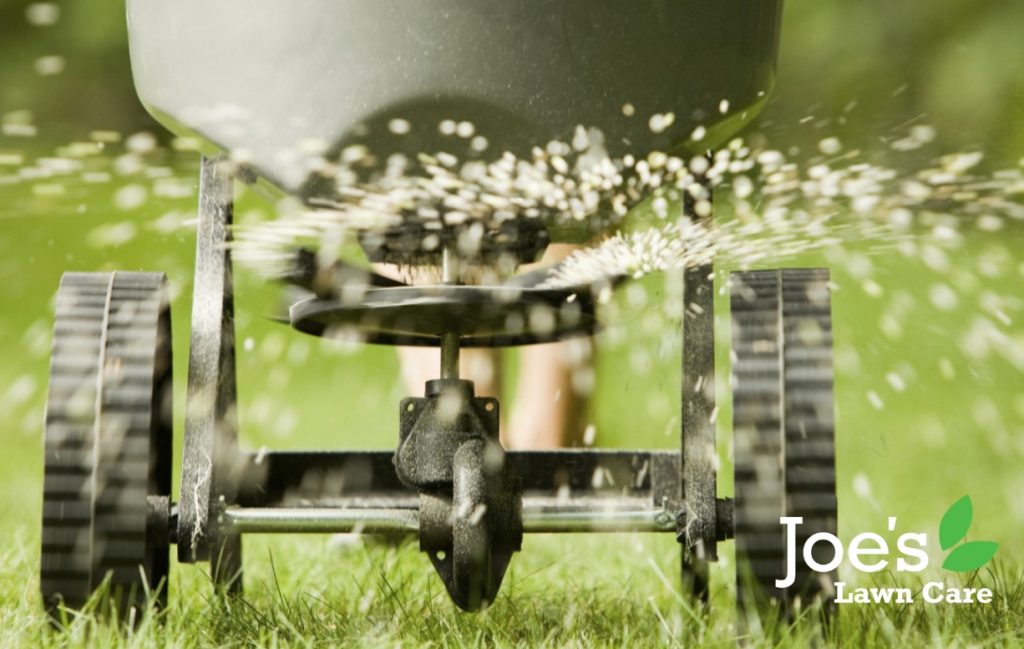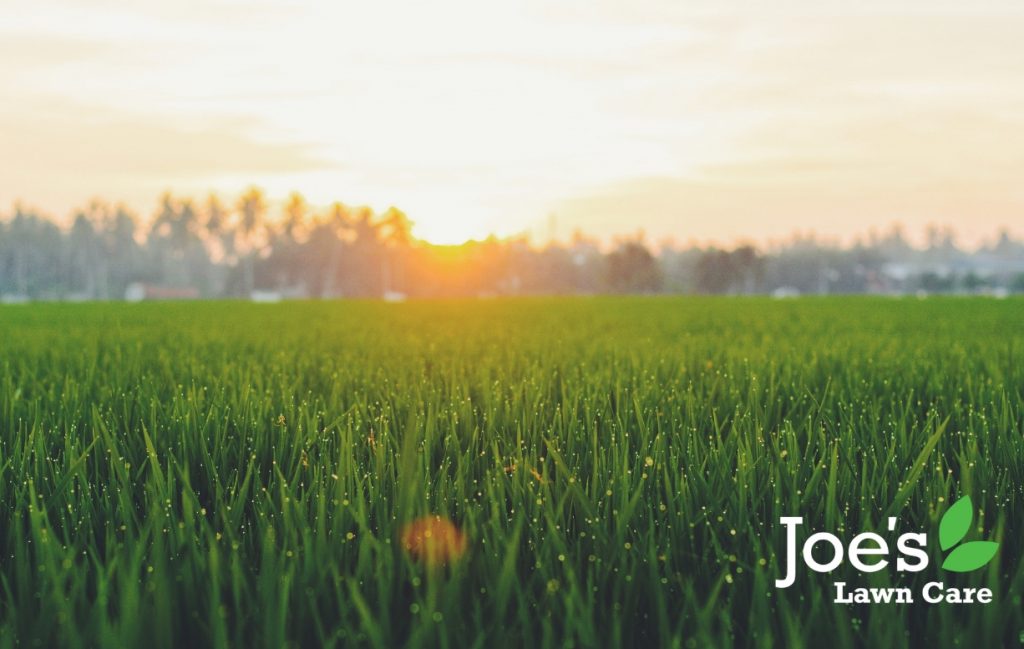Lawn Care Fact No.7: Nitrogen & Grass Are BFFs
Do you know what’s groovy? I mean apart from James Brown. Okay and Jamiroquai. And maybe Rick James. Oh, forget it. Nitrogen. That’s what’s groovy. Not as in the band (if there is a band with that moniker), as in the chemical you plonk into the soil, and that’s because soil-based nitrogen is the most important thing ever for grass development.
Think of your lawn as a stubborn toddler and nitrogen as his/her favourite food. It’s that one thing they only like eating. Breakfast, lunch, dinner, pudding, midnight feast, and all the snack times in between. Nitrogen is all it wants. The only difference is: this totally unbalanced diet is actually good for your toddler, I mean lawn. Nitrogen is something your lawn needs in huge dollops and something you’ve gotta add to the soil so that there’s no chance of a deficiency.
Now I don’t want to get too sciencey (which is mainly because I’m not a scientist), but nitrogen is what makes your lawn green. It’s where that amazingly vibrant colour comes from. The reason why your grass plants have grown into such a lush, dense and sexy lawn. Basically, it’s uber-important stuff.
That’s why you, me and Dupree are going to whip out our proverbial binoculars and take a closer peek at nitrogen in lawn care (NB: I don’t know a Dupree – it just rhymed):

Too Much Of A Good Thing Can Suck
Like everything in life, nitrogen is all about balance. Throw too much of this stuff about and you’ll end up stressing your lawn out by forcing it to grow too quickly, which will leave it with a diminished root system. And the more trigger-happy you are, the worse it gets (listen up franchises). I’ve even stumbled across cases where so much quick-releasing nitrogen was added to the soil that the leaves got burned and the plant was subjected to a slow, painful and wholly medieval death.
On the flip side, if you don’t give your lawn enough of the good stuff, you’ll see the green slip away and a rather unattractive shade of yellow replace it and, trust me, no one feels proud about owning a yellow lawn.
It’s The Circle Of Life
Nitrogen goes through a cycle, by which I mean it goes through a chunk of transformations when it hits the soil. Now, I’m not going to bore you with the nitty, gritty, complexy bits, but what I will say is this: understanding the nitrogen cycle, even the basics, is going to help you nail the nutrient and fertiliser management part of your lawn care programme. And the basics of it are: microorganisms run the show, they change things very slowly when it’s cold and turn it up to eleven when the soil gets warmer. Ergo, you need to be on your A-Game come spring and summer.
The Source(s) Of All Goodness
Organic Nitrogen: manure, sewer sludge, compost, teas, fish food, and bat poop
I like organic sources of nitrogen the most. Not because I’m a vegan-activist that carbon counts every footprint I make, but because they’re epic for your soil. The process is slow, the release is drawn out, there is no danger of them leaching, there’s no risk of plant injury from being overzealous, and they work to build-up healthy soil and not just tasty plant food.
Inorganic Nitrogen: ammonium nitrate, calcium nitrate and ammonium sulfate
These are my second favourite for a whole host of reasons, from the fact they’re water-soluble, which allows them to be plant-ready (probably in the same way your TV is HD Ready) when you start watering them, to the fact they are great for those wanting quick results. The downside is: they have the potential to burn your plants big-time. They can also leach pretty fast, meaning they might contaminate groundwater. It’s not ideal.
Synthetic Nitrogen: sulfur-coated / resin-coated urea, isobutylidene diurea etc.
Try not to use this stuff. It’s not evil or anything. Not really. It’s been made to be groovy, harnessing the quick-release awesomeness of urea and then combining it with slow-releasing properties. But given your lawn is part of the earth, doesn’t it make sense to use organic sources of the good stuff?

Think About The World, Man.
I mentioned it above. And then I realised the whole environmental argument deserved more than a tiny line made up of an afterthought. That’s less because I am a road-blocking, tree-hugger with a subscription to EcoWarrior Weekly and more to do with the controversy surrounding inorganic and synthetic nitrogen usage.
Controversy No.1: Throw too much about and the groundwater will become contaminated thanks to it running-off and leaching.
Controversy No.2: It requires a whole bunch of fossil fuels to be consumed in order for synthetic nitrogen to be made.
As such, I would urge you to be a good human being, celebrate the earth with a raised fist and stick with organic sources of nitrogen. You’ll sleep much better as a result. If, however, you don’t care that much about your children and grandchildren, by all means use synthetic and/or inorganic sources of nitrogen – just don’t over apply them. It doesn’t take long to put on your reading glasses, find the label and follow the directions, but it could save your lawn from bad times. Of course, going organic doesn’t require finding your glasses, reading the label, or cleansing your conscience, so it’s probably easier to just be a good, caring person.
Thanks for reading Lawn Care Fact No.7: Nitrogen & Grass Are BFFs! For more lawn care tips and tricks, follow us on Facebook and Instagram.





